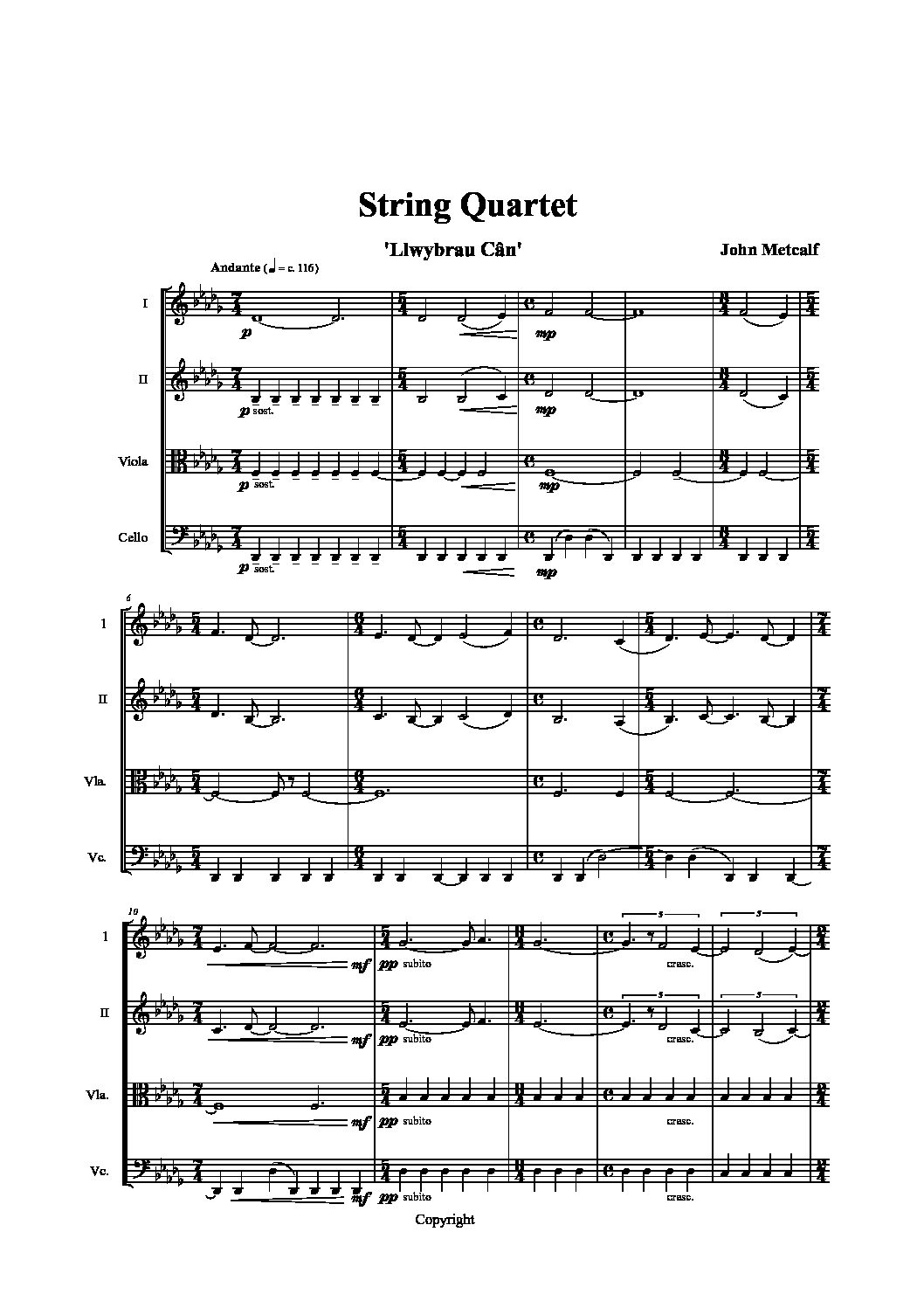Programme Note
My interest in the idea of travelling (the concept not the actuality) has been long-lasting and much of my music reflects this, including the early opera ‘The Journey’ and the music-theatre work ‘The Crossing’ (which is set on an ocean liner). More specifically even, at the beginning of the 1990’s I became fascinated by the idea of walking. This is also reflected in my work, in pieces like ‘Rest in Reason, Move in Passion . . .’ (1993) and ‘Transports’ (2000), and the interest was further developed when I read Bruce Chatwin’s ‘Songlines’ and became familiar with the music of Kevin Volans and Peter Sculthorpe. In their work the journey is a spiritual as well as a physical exercise, a concept familiar from pilgrimages to ‘walkabout’.
I have always been keen, however, that this exploration should happen in my own context. I knew directly from Canadian experience of the dangers of cultural expropriation from native traditions – cultures which many would say have retained richer and broader points of reference than contemporary western society. I was helped in this by the travels in Wales of the artist Catrin Webster who I worked with on ‘Transports’ and whose collection of paintings of the same name inspired my own ‘Mapping Wales’. It was also helpful that my music, though primarily melodic, is often driven by pulse. I had written one previous work built on a single tempo throughout – ‘Line Dance’ for String Orchestra – and decided that I would take a similar approach with the present work.
The piece is built, appropriately, on a walking pulse. It is a brisk walk (crotchet = 116) and the pulse is clearly signalled at the outset by a long series of repeated chords. As the work progresses polyrhythms and varied textures mask it, but it is ever present. Indeed, I had intended that it would be very much to the foreground throughout as in, for example, Andriessen’s ‘De Snelheid’. But the work evolved in a different and, for me, surprising direction.
There are five sections, all, of course, in the same basic tempo but each having a clearly differentiated musical character:
Andante : Estatico : Calmo : Scherzevole : Cantabile
The opening Andante section is characterised by repeated chords. It soon broadens out and leads via a dramatic modulation to the Estatico section. Here there are proliferating ‘songlines’ for all the players and the texture is very full. After a dramatic climax high on all four instruments the music slows for the Calmo section. This is clearly identified by a soaring melody on first violin. To this point in the piece all the music is very sustained and there are few rests. By contrast, there follows a Scherzevole section with broken texture, playful writing and rapid alternation between left hand pizzicato, conventional pizzicato and arco playing. This section effectively has two expositions of the same material, though the ‘join’ is masked. The final Cantabile refers back to the ideas of all the previous sections but, as it progresses an even broader melody – which seems to me to affirm once again the healing power of music – asserts itself, before the work comes to a light and airy conclusion.
What is surprising about this is that, having set out at the beginning of the work on a path of discovery to nowhere in particular, I find, at the end, that I have in effect written a single movement ‘symphonic’ work with identifiable opening and closing faster sections and in between a slow movement and a scherzo (albeit all in the same tempo). Maybe the old adage that all stories end in either a marriage or a death is also, after all, true.
‘Paths of Song’ was commissioned by the Bangor New Music Festival, Llandudno Festival and Lower Machen Festival with funds provided by the Arts Council of Wales and the PRSF.
